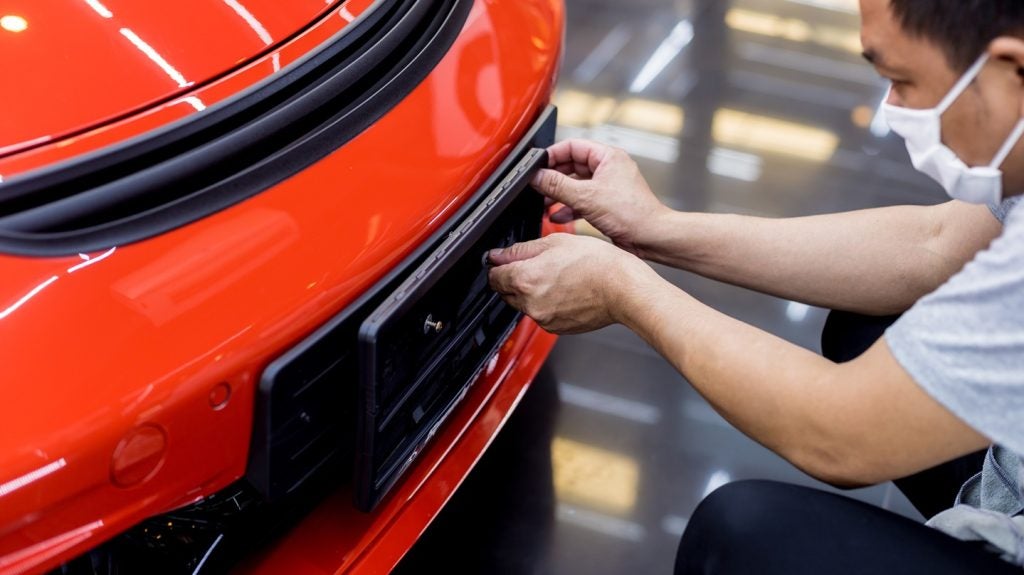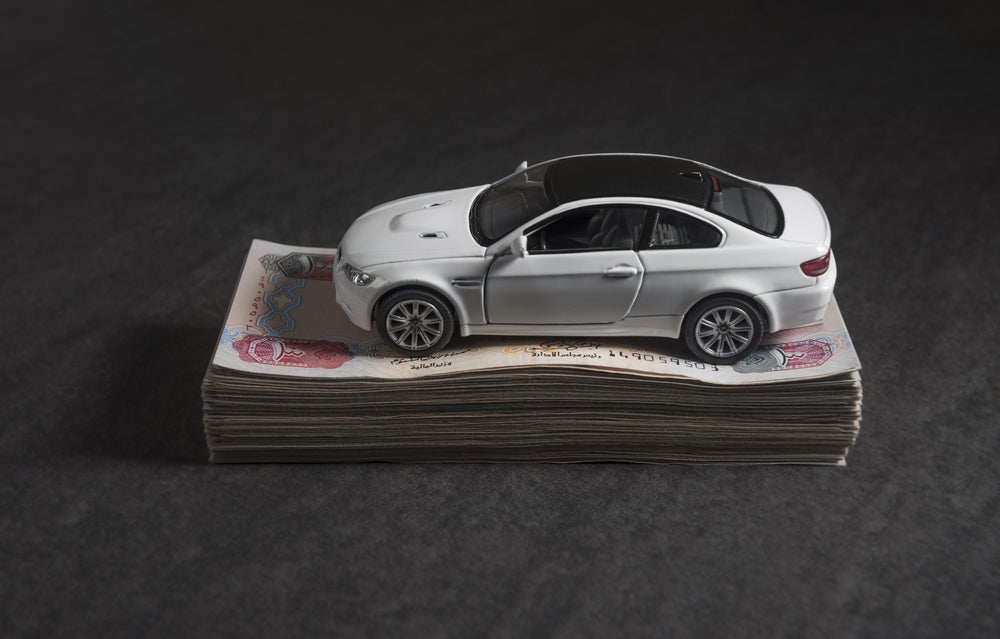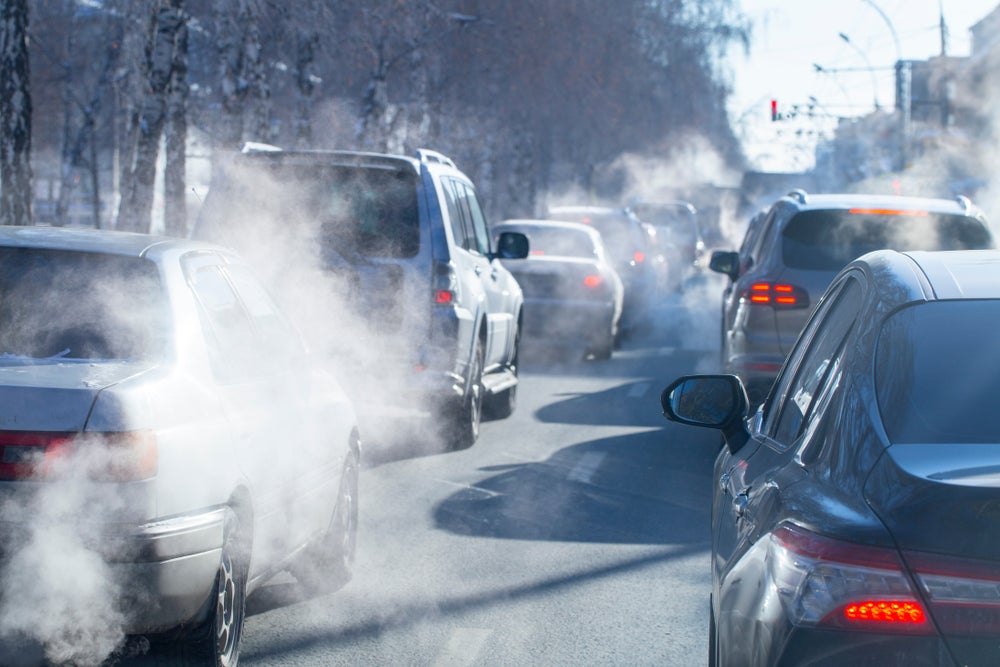
European transport emissions are projected to make up nearly half of the continent’s greenhouse gas (GHG) emissions by 2030, according to an analysis from Transport & Environment (T&E).
Despite emissions in other sectors declining, transport emissions have increased by over a quarter since 1990, highlighting a concerning trend in Europe’s environmental efforts.
How well do you really know your competitors?
Access the most comprehensive Company Profiles on the market, powered by GlobalData. Save hours of research. Gain competitive edge.

Thank you!
Your download email will arrive shortly
Not ready to buy yet? Download a free sample
We are confident about the unique quality of our Company Profiles. However, we want you to make the most beneficial decision for your business, so we offer a free sample that you can download by submitting the below form
By GlobalDataT&E’s State of European Transport analysis underscores the urgent need for Europe to address its transport emissions problem if it hopes to achieve net zero by 2050.
William Todts, Executive Director of T&E, emphasises the severity of the situation, stating, “Decarbonising the sector as quickly as possible is now vital if the continent is to reach zero by 2050.”
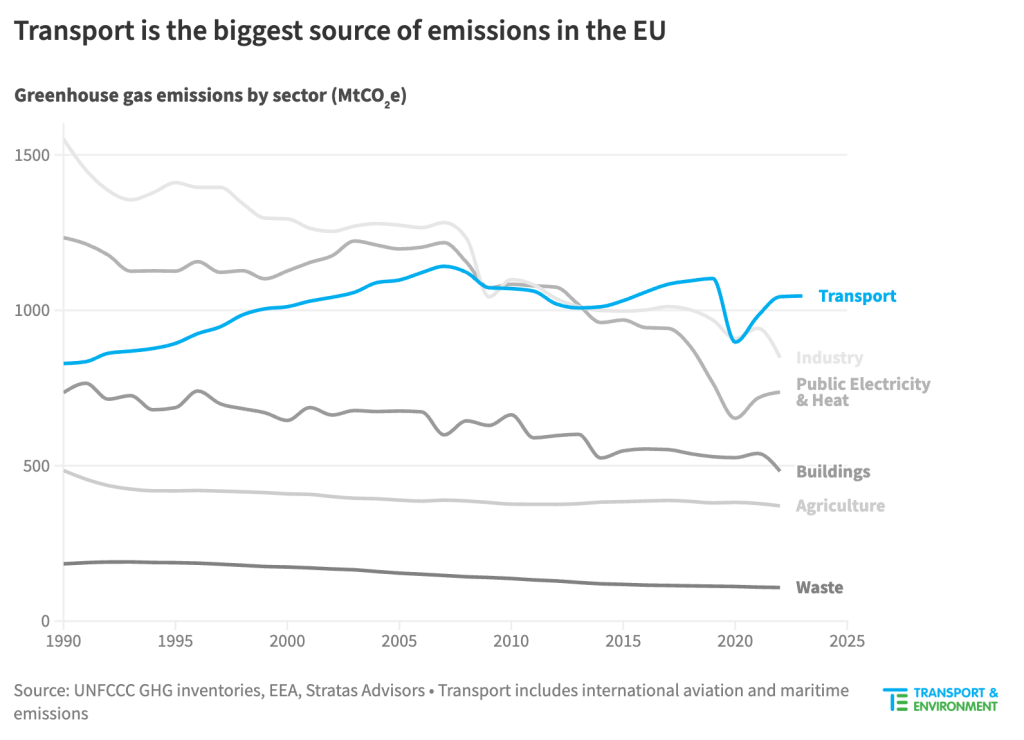
Cars burning petrol and diesel are identified as the primary contributors to transport emissions, accounting for over 40% of the total. While there has been recent progress with the introduction of electric vehicles, car dependence has continued to rise since the 1990s, fueled by motorway construction and an expanding car fleet.
Furthermore, aviation emissions have doubled over the past three decades, outpacing growth in other transport sectors. The analysis also highlights the significant climate impact of aviation emissions from contrails, which could potentially triple the overall climate impact of flying.
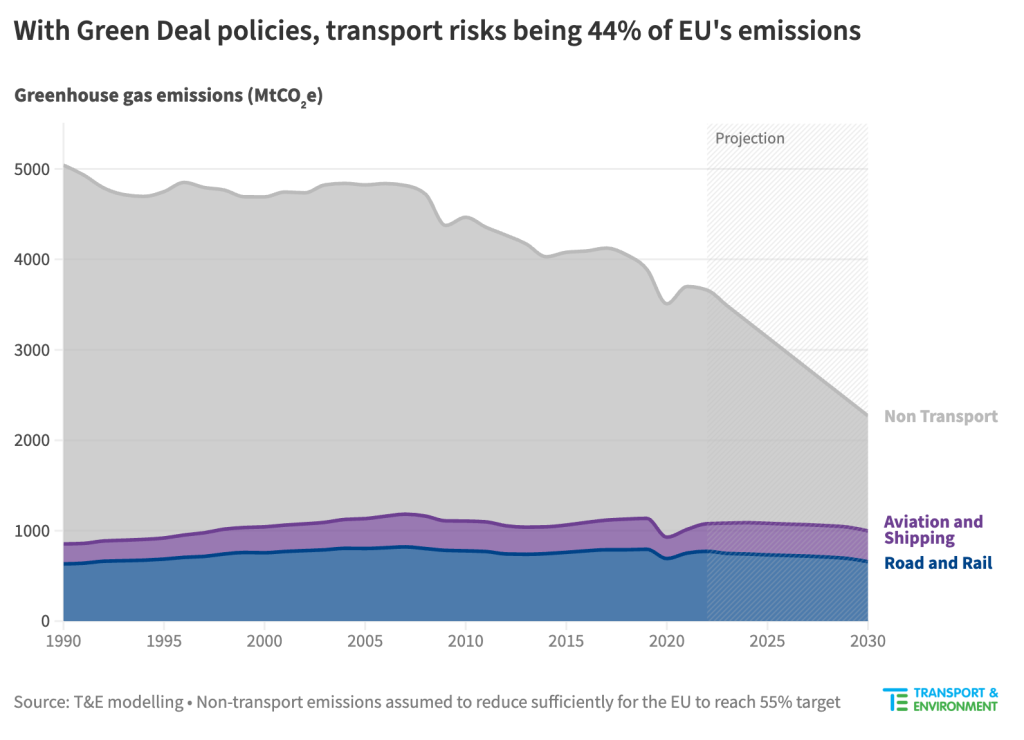
Despite efforts to regulate emissions, T&E’s analysis suggests that current climate regulations will only achieve modest reductions in transport emissions compared to 1990 levels. Cars, vans, and trucks purchased in the coming years will continue to contribute to emissions for decades, posing a challenge to achieving decarbonisation targets.
To address this challenge, T&E recommends a combination of policy measures, including halting the expansion of airport and motorway capacity, implementing ambitious electric vehicle sales targets, and unlocking efficiency gains in the shipping sector. Direct electrification of road transport is identified as a particularly efficient and cost-effective solution.
While preliminary data suggests some reduction in road transport and shipping emissions, this progress has been offset by continued growth in aviation emissions. Todts stresses the importance of prioritising the electrification of road transport and investing in green fuels for aviation to accelerate decarbonisation efforts and mitigate the environmental impact of transport emissions.
Ciara Raison joins Oodle as CCO




